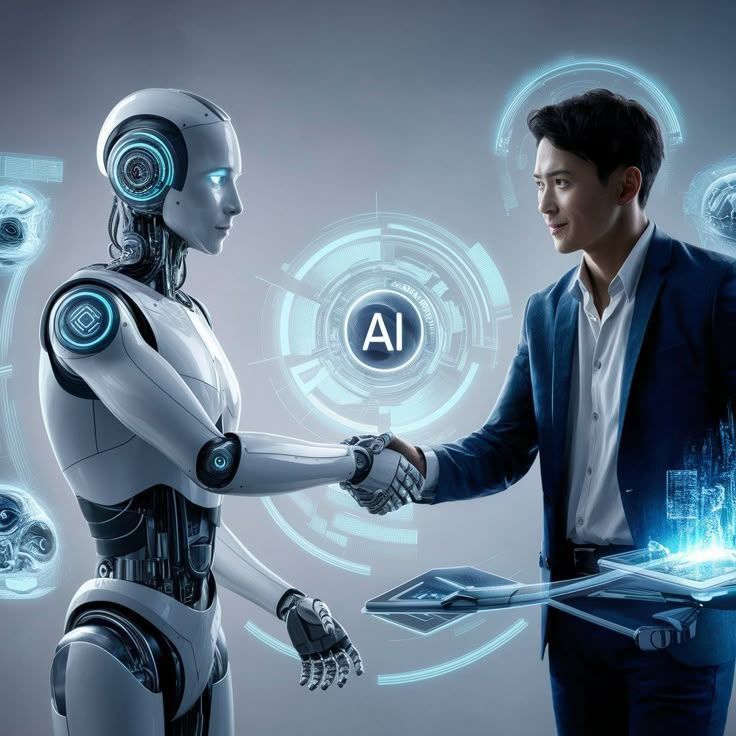AI vs Human Creativity: A Double-Edged Sword in the Digital Age
“The real danger is not that computers will begin to think like humans, but that humans will begin to think like computers.” — Sydney J. Harris
The rise of Artificial Intelligence (AI) has brought a revolution across industries — from marketing to medicine, from entertainment to education. But as we rely more on tools like ChatGPT, Midjourney, or automated coding assistants, a pressing question emerges:
Is AI enhancing human creativity or quietly killing it?
Let’s explore both sides of this growing debate.
The Case Against AI: Is Human Creativity at Risk?
AI, though designed to assist, is often accused of replacing the original thinking process. Particularly in students and young creators, there’s a worrying trend: defaulting to AI tools for answers, ideas, and even execution.
A 2023 study by Stanford University found that over 64% of students who used AI for assignments admitted they didn’t fully understand the topic they submitted.
Educators have reported a decline in “out-of-the-box” thinking, especially in essays, artworks, and projects where students heavily relied on AI tools.
“When students start trusting AI more than their minds, the risk isn’t just plagiarism — it’s creative atrophy.” — Prof. Elaine Zhou, Education Psychologist, NYU
Even in industries like graphic design, pre-trained models are now creating brand identities. But what happens when creativity becomes templated?
Digital marketers are now seeing repetitive ad copies, template-based reels, and AI-generated content that lacks depth. The “human touch” — emotion, originality, cultural understanding — often gets lost.
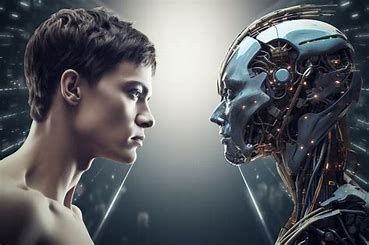
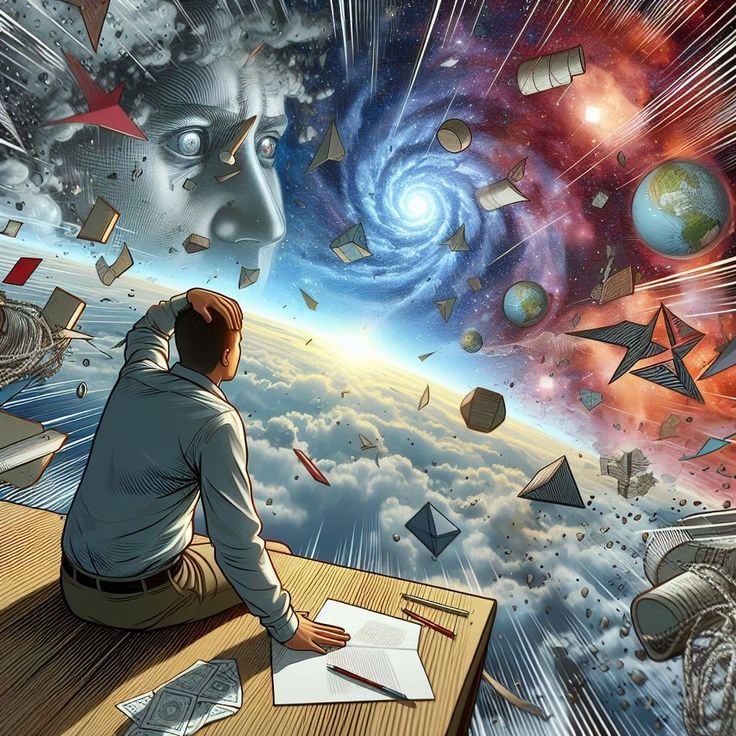
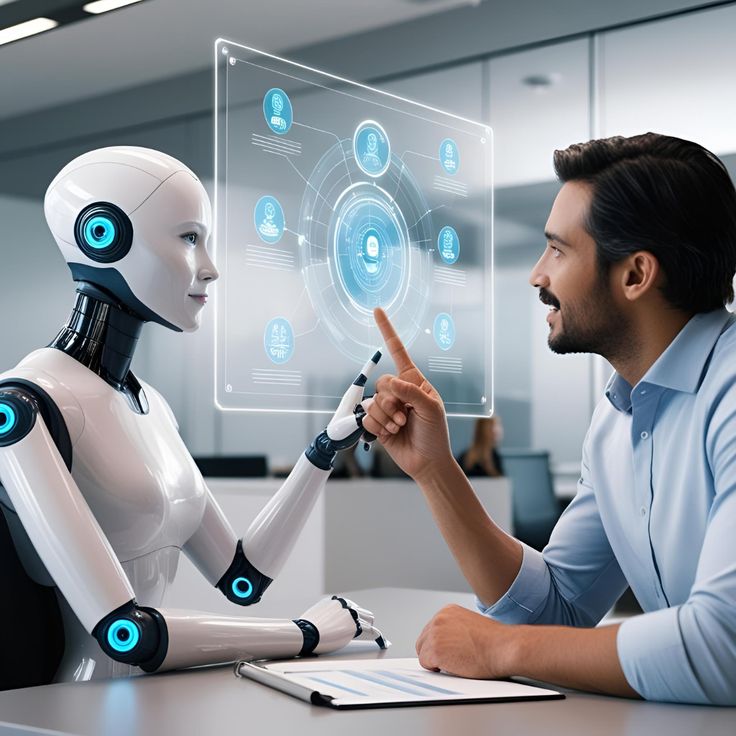
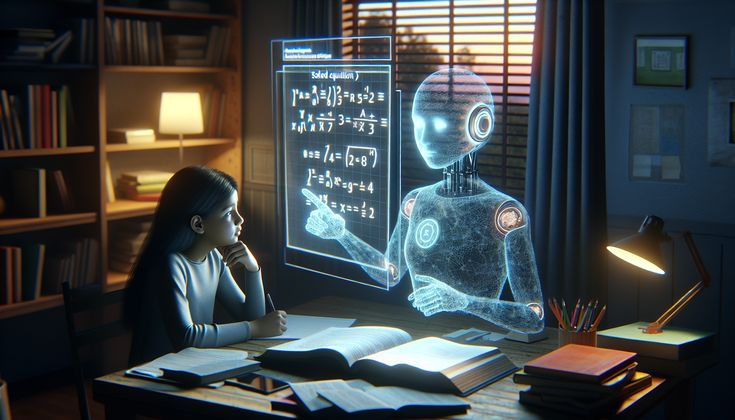
The Case For AI: A New Era of Enhanced Creativity
On the flip side, AI has become a powerful ally for many creatives. It’s not the end of creativity — it’s the evolution of it.
Filmmakers now use AI to storyboard scripts, freeing up time for deeper narrative crafting.
Designers brainstorm with tools like Midjourney or Canva AI to break through creative blocks.
Students with ADHD or learning difficulties use AI to help structure their thoughts, not replace them.
“AI doesn’t kill creativity. It amplifies it — when used wisely.” — Katie Huston, Creative Director at a New York ad agency
A 2022 study published in Nature Human Behaviour revealed that teams who used AI as a collaborative tool were 25% more likely to generate novel ideas than those who worked without it.
It’s not about AI replacing imagination. It’s about using it as a launchpad — like a paintbrush, not the painter.
Spotlight on Students: A Generation at the Crossroads
The Risk:
Many Gen Z students are becoming passive consumers of AI output. Essays written by ChatGPT. Art generated without concept. Poems with no soul.
Instead of thinking, many just prompt.
Instead of struggling and learning, they copy and submit.
The Opportunity:
But there’s another side too. Students who use AI to spark ideas — and then push beyond — are standing out.
Some use AI to generate “wrong ideas” just to debate against it in class.
Others use it to explore 10 directions before choosing one unique path.
“It’s not the tool. It’s how you use it.” — A common saying, now more relevant than ever.
So, What’s the Verdict?
AI can both nurture and numb creativity. It’s a mirror — reflecting the intentions of the user.
Lazy minds will find shortcuts.
Curious minds will find a springboard.
The Real Power?
Combining human imagination with machine efficiency. AI isn’t the enemy of creativity — misuse is.
Final Takeaways for Creators & Students:
Use AI to brainstorm, not to finish.
Challenge AI — ask it why it gave a result, not just what it gave.
Blend your personal touch — stories, context, emotion — into AI-generated drafts.
Don’t fear AI. Learn to lead it.
